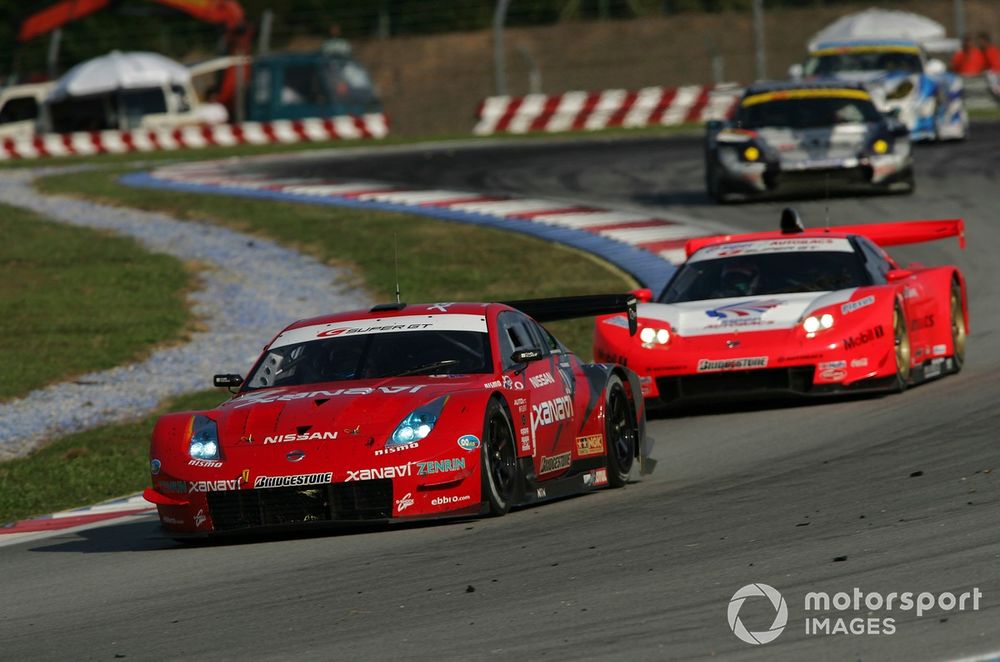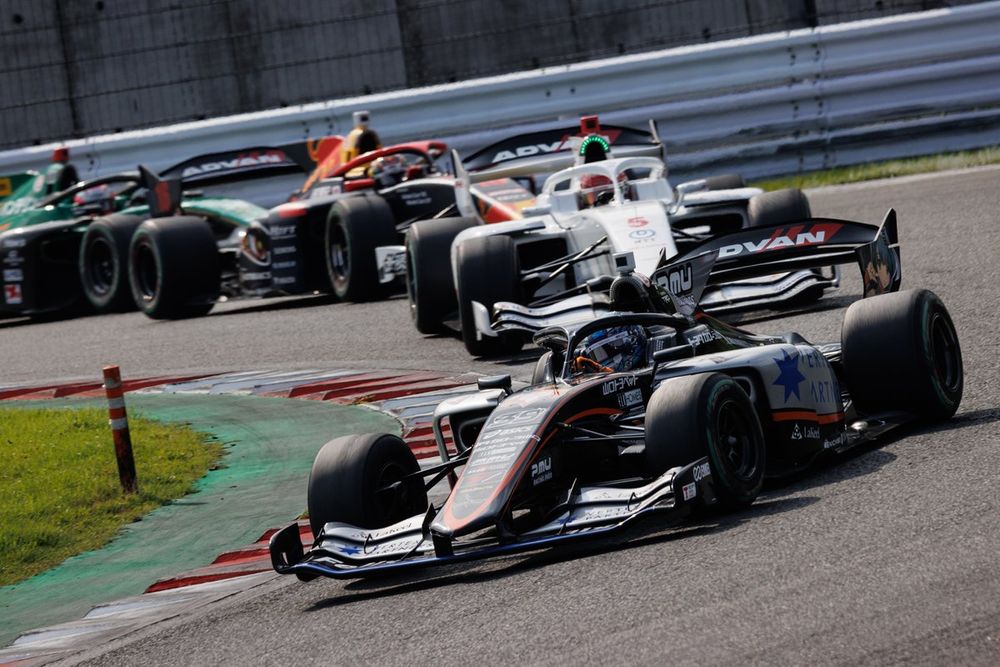For the first time since the COVID-19 pandemic, Super GT is venturing beyond Japanese shores next year. The championship’s first-ever night race at Sepang in Malaysia, which should have taken place in 2020 only to be scuppered by the onset of the global health crisis, was part of the series’ 2025 calendar released at the start of this month.
You’ll struggle to find anyone in the Super GT paddock who isn’t excited about heading to Sepang. There were strong hints that the former Malaysian Grand Prix venue, the original ‘Tilkedrome’ (and still arguably the best), would be added to the calendar after GT500 manufacturer testing was held there back in January for the first time since the pandemic.
Masaaki Bandoh, head of the GTA organisation that promotes the series, was a notable visitor to the paddock on that occasion. He spoke with Malaysian government representatives about a deal to bring Super GT back to Sepang for the first time since 2013.
Bandoh-san revealed last year, after Japan fully reopened its borders to the world at last, that talks were ongoing with a number of venues across the Asian region about hosting Super GT, including Buriram in Thailand, where the series raced from 2014 until 2019, and Shanghai. But Sepang was always regarded as the favourite owing to its popularity as a test venue, as well as the eagerness of the Malaysian government to help things along.
The final details are still to be worked out ahead of a contract signing ceremony later this month at Suzuka, but the plan is for the race to be held under floodlights on a Saturday night, avoiding the heat of the day. Qualifying would take place on the Friday evening.
“We had the winter tests there, and it’s a pity to go to such a nice track just for testing!” Nissan’s two-time Sepang winner Ronnie Quintarelli told Motorsport.com. “It’s a very nice layout, very demanding on the tyres with the high-speed corners, especially on the fronts, and there are a lot of chances to overtake. It’s great to have it back on the calendar.”

Sepang was previously a staple of the Super GT calendar, and its return for the first time since 2013 is welcomed in the paddock
Photo by: Yasushi Ishihara
Super GT views hosting races outside of Japan as essential for living up to its billing as an international series (it has now been 20 years since the series was known as the All-Japan GT Championship), expanding its fanbase and providing an extra incentive to the manufacturers by giving them a platform to market their products to a wider audience. As such, it wouldn’t be a surprise if the revived Sepang race proves to be the first step in an expanded presence across the Asian region.
Bandoh-san has repeatedly hinted that this could end up taking the form of a ‘winter series’, whereby multiple races are positioned together during the regular off-season between November and March, during the Japanese winter. But that’s not all.
Japan’s other top-level series, Super Formula, also has plans to host an international round next year, although these are still far from certain to come to fruition. When the provisional 2025 Super Formula calendar was released at the start of this month, it featured a date marked simply ‘South Korea’.
Whether or not the Inje event sees the light of day remains to be seen, but the South Korea plan can be taken as clear evidence that Super Formula is serious about its ambitions to become a more pan-Asian series
It’s understood that the intended venue for this is Inje Speedium, which has held events such as the Asian Le Mans Series in the past and was set to be visited by the World Touring Car Cup in 2020 prior to the pandemic. Assuming it is Inje – so far there has been no confirmation from Super Formula – it would be the first race featuring such high-calibre single-seaters for the venue, a two-hour drive away from Seoul in Gangwon Province.
Super Formula organiser JRP has history with Inje. A race was supposed to be held there in 2013, and it would have been the championship’s first overseas race since it visited Sepang back in 2004. But it was cancelled at the last minute amid Inje’s lack of preparation, including failure to get the required FIA Grade 2 classification in time.
At that time, the track had only just opened, with a Super Taikyu race held in early 2013 as a ‘pilot’ event. Now the track is much more established, hosting Lamborghini Super Trofeo Asia earlier this year as well as domestic events, although there are concerns about the bumpiness of the circuit, as well as the cost implications of visiting Korea.

Super Formula could also venture beyond Japan next season into South Korea, after its last mooted visit in 2013 was canned
Photo by: Masahide Kamio
Like Super GT, JRP bosses have made increasing noises about expanding overseas in recent years. The inclusion of South Korea on the 2025 calendar did however come as a surprise to many, not least because of what happened last time Inje was slated to hold a race.
Whether or not the Inje event sees the light of day remains to be seen, but the South Korea plan can be taken as clear evidence that Super Formula is serious about its ambitions to become a more pan-Asian series that can appeal to fans and drivers outside of Japan.
Considering Super GT’s return to Sepang, as well as the revival of the Suzuka 1000km next year, this move by Super Formula is another sure signal that Japanese motorsport is ready to turn the page on the difficult pandemic years and start building towards a more international future.

Is Japanese motorsport finally beginning to recover from its tough pandemic years?
Photo by: 皆越 和也








